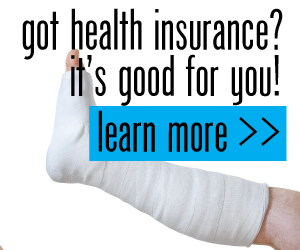 Injuries of the hand, elbow, shoulder, and ankle are some of the most common sports-related injuries that Justin Kunes, MD, orthopedic surgeon at Piedmont Newton Hospital, has treated in his five years of practice.
Injuries of the hand, elbow, shoulder, and ankle are some of the most common sports-related injuries that Justin Kunes, MD, orthopedic surgeon at Piedmont Newton Hospital, has treated in his five years of practice.
 “Identifying the injury and seeking treatment immediately is key to a quicker recovery and getting your student athlete back in the game,” Dr. Kunes, who recently joined Piedmont Physicians Orthopedics & Sports Medicine in Covington, said. “While there is no definitive way to prevent sports injuries from happening to your student athlete, it is important to know how to deal with them if they do occur.”
“Identifying the injury and seeking treatment immediately is key to a quicker recovery and getting your student athlete back in the game,” Dr. Kunes, who recently joined Piedmont Physicians Orthopedics & Sports Medicine in Covington, said. “While there is no definitive way to prevent sports injuries from happening to your student athlete, it is important to know how to deal with them if they do occur.”
- Ankle sprain. Dr. Kunes estimates that half of all ankle sprains are sports related and occur when the ankle is stretched beyond its normal range of motion. Ankle sprains are common in sports that involve changing direction or jumping. Signs of an ankle sprain include pain, swelling, bruising, stiffness, and inability to walk or put weight on the ankle. If these symptoms present, Dr. Kunes recommends rest, icing the ankle, and keeping it elevated to reduce swelling. Wrapping the ankle also will give it support. Have a doctor evaluate the ankle to make sure the injury doesn’t get worse.
- Jammed finger. A great catch during the big game could result in a finger injury, especially if the ball hits the finger and bends it in the wrong direction, also known as a finger jam. Finger jams occur when the fingertip is pushed back into the hand or bent backwards. They are most common in sports that involve a ball, like basketball or football. Signs of a jammed finger include pain or inability to bend or straighten the finger, as well as inability to grab things with the finger. Typically, these jams are minor injuries but it is best to have the injury evaluated by a doctor to be sure.
- Golfer’s elbow (also known as “tennis elbow”). Despite its name, golf does not cause this common elbow injury. Golfer’s elbow is the result of overusing muscles in the forearm and does not come from a single injury. Instead, golfer’s elbow occurs over time because of the repetitive motions involved with throwing or hitting a ball. Look out for pain or burning on the inside or the outside of the elbow, as well as weakness when trying to grab something. If golfer’s elbow is suspected, have the student athlete avoid sports-related activities until they see a doctor.
For more information about sports-related injuries in student athletes or to schedule an appointment with Dr. Kunes, visit piedmont.org.

























No Responses to “Common Sports Injuries Parents of Student Athletes Should Know – Living Better with Piedmont”